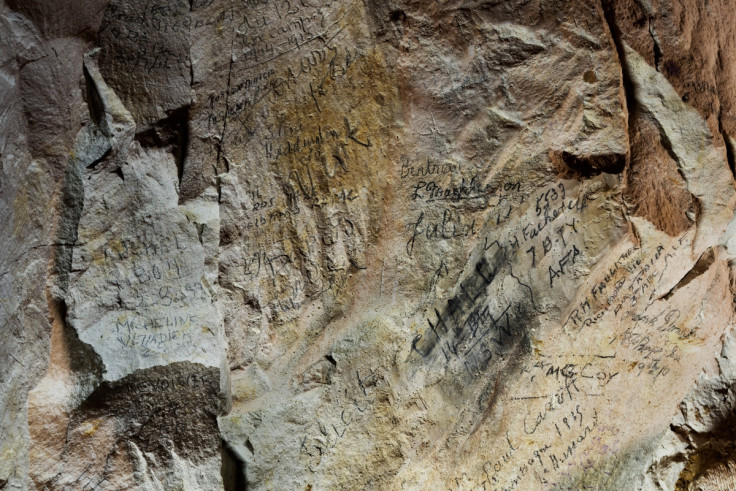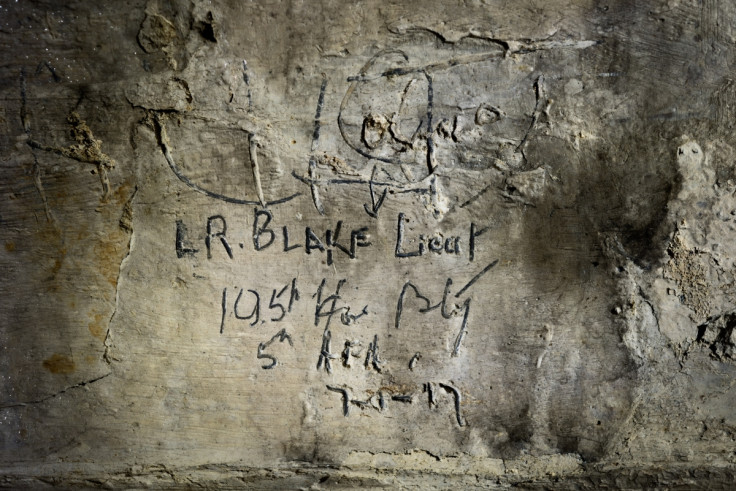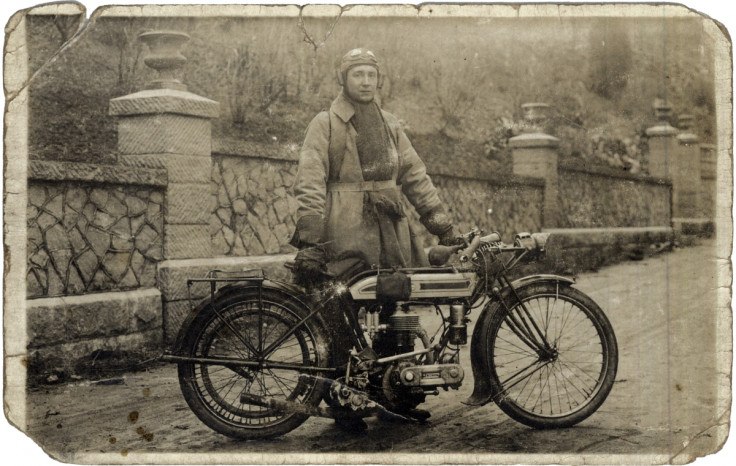WW1 graffiti by Allied soldiers reveal unexpected tourism in France during the war
During the First World War, British and Australian soldiers dispatched to France were occasionally allowed to stay away from the front line and to visit local curiosities. Traces of this strange form of tourism have been identified in the underground city of Naours, a large network of ancient tunnels in the rural region of Picardy, in the north of France.
In 2014, an archaeological research coordinated by Gilles Prilaux, from the French National Institute for Preventive Archaeological Research (INRAP), was initiated in order to date the construction of the tunnels more accurately. He and his team found significant evidence to prove the tunnels date back to the 16<sup>th century. This goal however became secondary when hundreds of examples of graffiti made by soldiers from WW1 were discovered.

"It is quite surreal to conduct archaeological work in a site already visited by an important number of tourists, but when we started we had two pieces of good news. The first one was that the tunnels, including the floors, were in a good state. The second was that we discovered many inscriptions on the walls, either in rooms that had not been opened to the public or in rooms they had had access to, but hidden by the semi-darkness that reigns in Naours tunnels", Gilles Priloux told IBTimes UK.
From then on, the nature of the project changed and the archaeologists have so far identified, mapped and photographed more than 2,800 examples of graffiti.
Famous personalities and everyday heroes
On the walls of Naours, the soldiers generally left their names, nationalities, and battalion number. Archaeologists have identified prominent figures among them. "Most soldiers left these marks using wooden pencils, so it feels like the inscriptions were made just five minutes ago. It is very moving, especially since we have been able to identified many names, normal men, everyday heroes, but also 'celebrities' who fought in the war", Prilaux says.

The name of Australian explorer and cartographer Leslie Russell Blake in particular caught their eye. This respected scientist conducted intensive work in the Antarctic and became famous in the international scientific community for his exploration of the Macquarie Island. He has been described as a war hero, showing great courage during the infamous battle of the Somme before getting killed in October 1918.

Discovering the name of Allan Allsop was another high point of their exploration of the tunnels. Allsop was an Australian clerk who wrote extensive diaries during the war. Comparing the date of his graffiti at Naours, on 2 January 1917 with diary entries from that day, in which he says that he and nine other companions benefitted from a shuttle service to visit the famous tunnels, reveals an unexpected fact about soldiers' life during the war. It provides us with evidence that a form of tourism existed in the area at the time.
WW1 tourism to present-day tourism
Unlike what was previously believed, the Naours tunnels did not serve as a shelter – unlike during the 30 year war between 1618 and 1648 – or as a military hospital, but rather were a place where WW1 soldiers went to discover, a tourist spot where they relaxed from the harshness of the life at the front.

"It is estimated that soldiers only spent about 20% of their time on the front line. The rest of the time they trained, rested or were provided with distractions to forget about their dire conditions. As astonishing as it may sound, a touristic visit of Naours would have served that purpose", Prilaux explains.
In Naours, three to four chambers which were not opened to the public before this discovery will now be accessible for groups who desire to benefit from a specific guided visit regarding these graffiti. The hope is that the inscriptions, left in large proportions by British or Australian soldiers, will attract tourists from these countries.
© Copyright IBTimes 2025. All rights reserved.






















